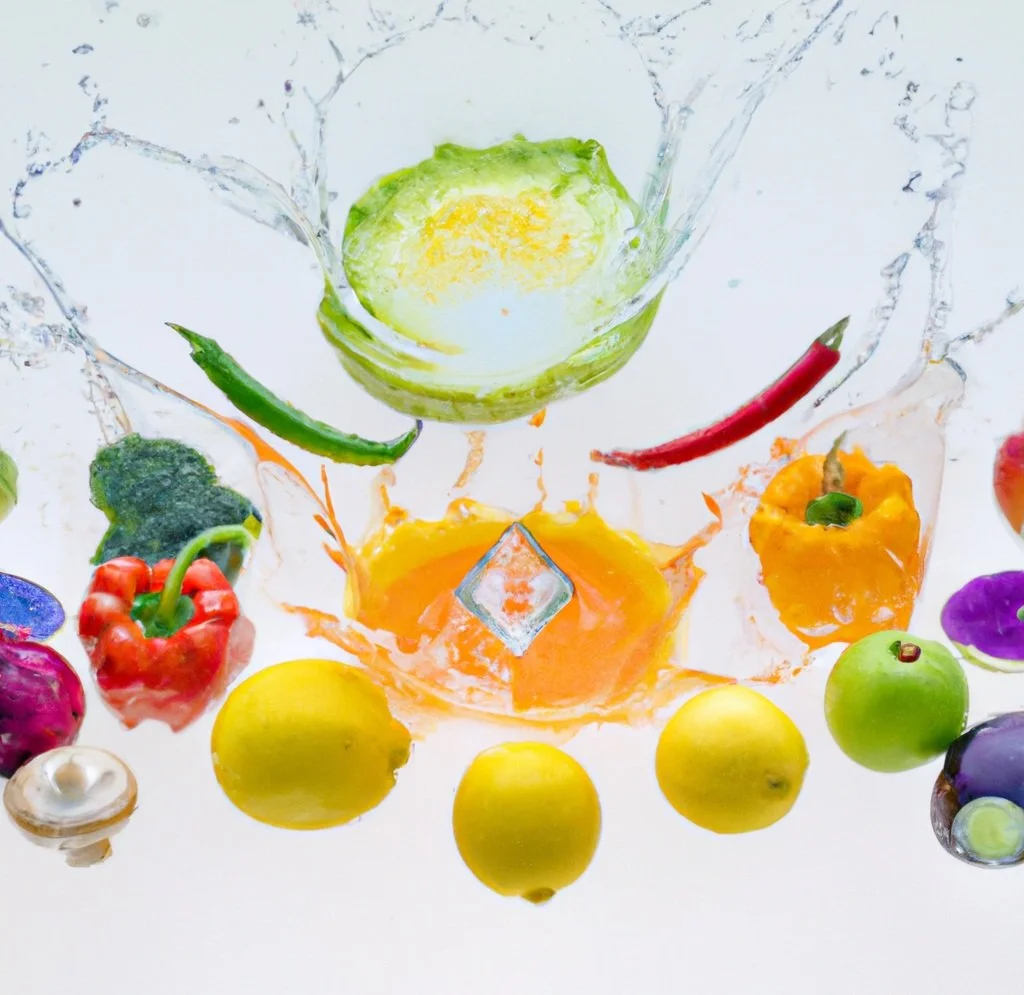Why count colours, not calories
Many people arrive at a point where they want to feel better in their bodies, and the first place they turn is to counting calories or rules about what they shouldn’t eat. It’s understandable - many of us have learnt through diet culture that health is mainly about eating less. But what if the real issue for many of us isn’t “too much food”, but not enough nourishment?
Let’s look at why bringing more colour and diversity onto your plate can support energy, mood, digestion and overall wellbeing far more effectively than chasing numbers ever could.
Phytonutrient power
There’s a phrase you may have heard - “overfed and undernourished”. It’s often used in weight-focused conversations, but when you strip away the stigma, the core idea is this: plenty of people, across all body shapes and sizes, aren’t getting the variety of nutrients their bodies genuinely need to function well.
Our bodies rely on a huge range of vitamins, minerals and plant compounds to regulate inflammation, support our stress responses, stabilise blood sugar, and keep our cells communicating smoothly. One particular group of nutrients - called phytonutrients - is especially interesting. These are the natural compounds that give plant foods their colours.
Even though we only get small amounts (less that an teaspoon on a daily basis!), phytonutrients play an significant role in helping the body repair, regulate and thrive.
Research consistently shows that people who eat a wider variety of colourful plant foods tend to have lower inflammatory markers, more resilient metabolic function and, in general, feel more energised and balanced through the day.
A recent research study published by my teacher, Dr. Deanna Minich, which illustrates the importance of eating across the whole spectrum of colours.
YOUR GUT LOVES COLOUR TOO
Colour also feeds the trillions of microbes that live in your gut - the ecosystem of flora that quietly help support digestion, immunity, energy production, hormone balance and even your mood.
A diet with a diverse array of colourful plants creates a more diverse microbiome, and that diversity is strongly linked with better health outcomes. Many people who feel sluggish, low in energy, or out of sync with their appetite are often running on a very narrow range of foods, even if it feels like they’re eating “plenty”.
A colourful plate is one of the simplest ways to bring life back to your gut ecosystem. The average adult Brit gets about 4.2 portions of fruits and vegetables daily, falling below the 5 A Day recommendation and substantially short of the ‘optimal’ ten servings. And in the US studies show that eight out of 10 fall short in colour.
Why diets fall short
Restrictive diets tend to focus on removal - fewer calories, fewer carbs, fewer foods. None of this takes into account how the body actually works.
Diets rarely ask:
Does this way of eating support your stress resilience?
Is your gut getting what it needs?
Are you feeling nourished, energised and grounded?
How is your relationship with food coping?
Many people end up cutting out foods that provide essential nutrients. Others become so preoccupied with rules that eating becomes stressful, rigid or chaotic. Diets may deliver a short-term illusion of control, but they don’t support long-term wellbeing. In many cases, they undermine it.
FOLLOWING A MORE COLOURFUL PATH
A colour-focused approach to eating is different. It shifts the spotlight from restriction to abundance and nourishment. Instead of asking “What should I cut out?”, it invites the question “What could I add that supports me?”.
Bringing more colour and more variety into your meals doesn’t need to be complicated. Start with curiosity - when you make a meal, pause and think about a rainbow and the colours you could bring in - berries, spinach, peppers, tomatoes, herbs, squash, beans, spices. It’s like creating a little collage of nourishment.
Thinking about the colour on your plate is not only pleasing to the eye, but it can help you create meals that feel genuinely satisfying as well as nourishing. It’s a far kinder foundation for long-term health than calorie counting or following any other set of food rules - and it may repay you with vitality in return.








